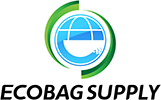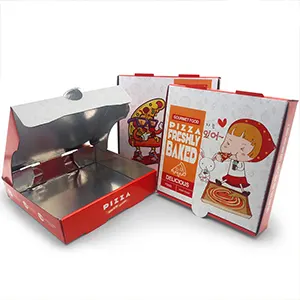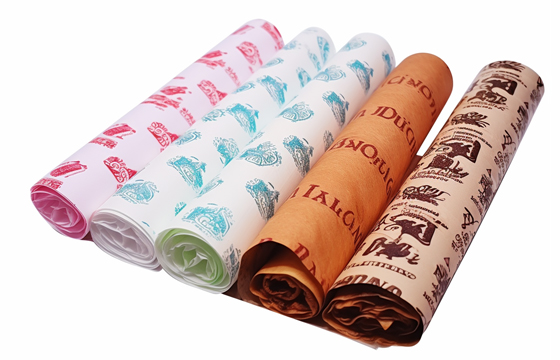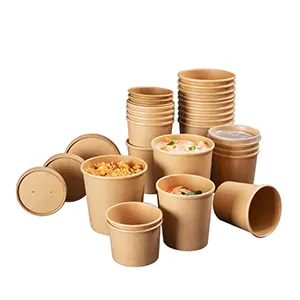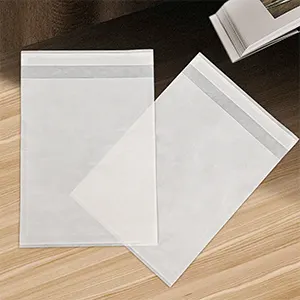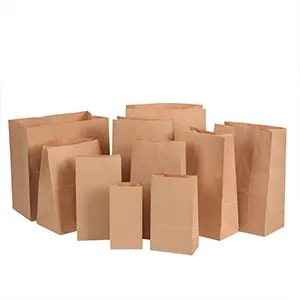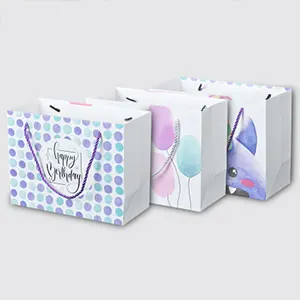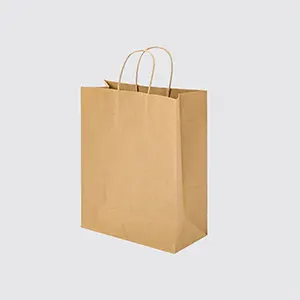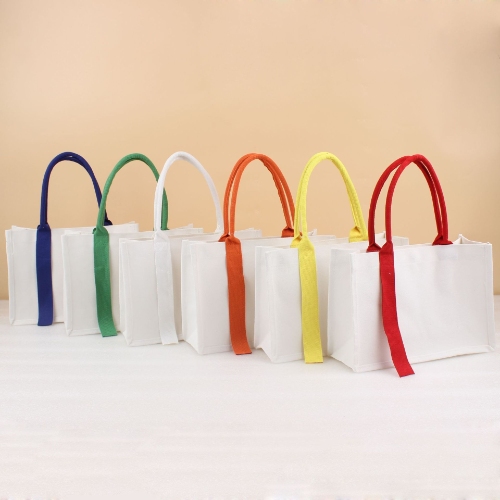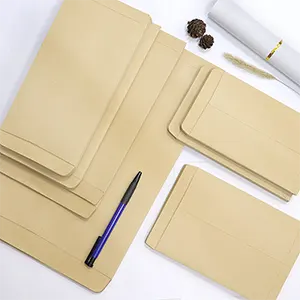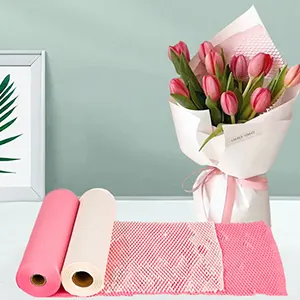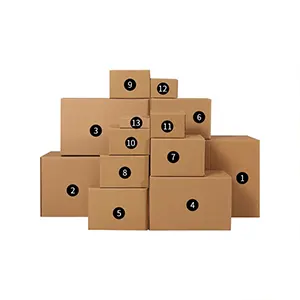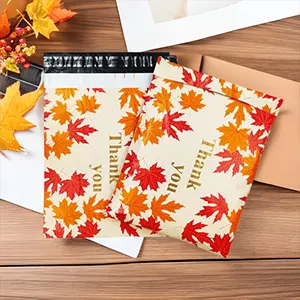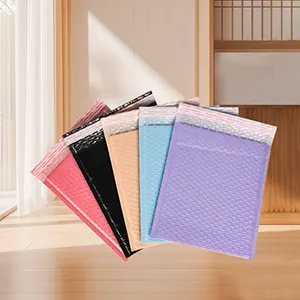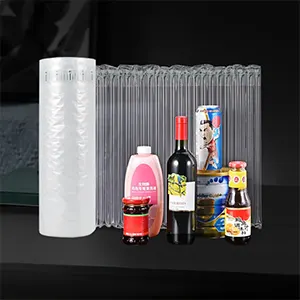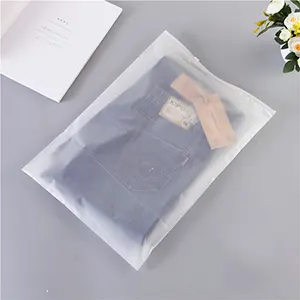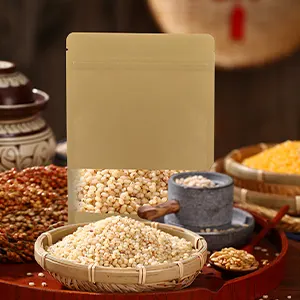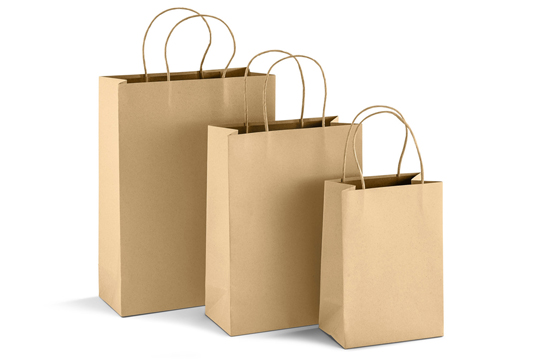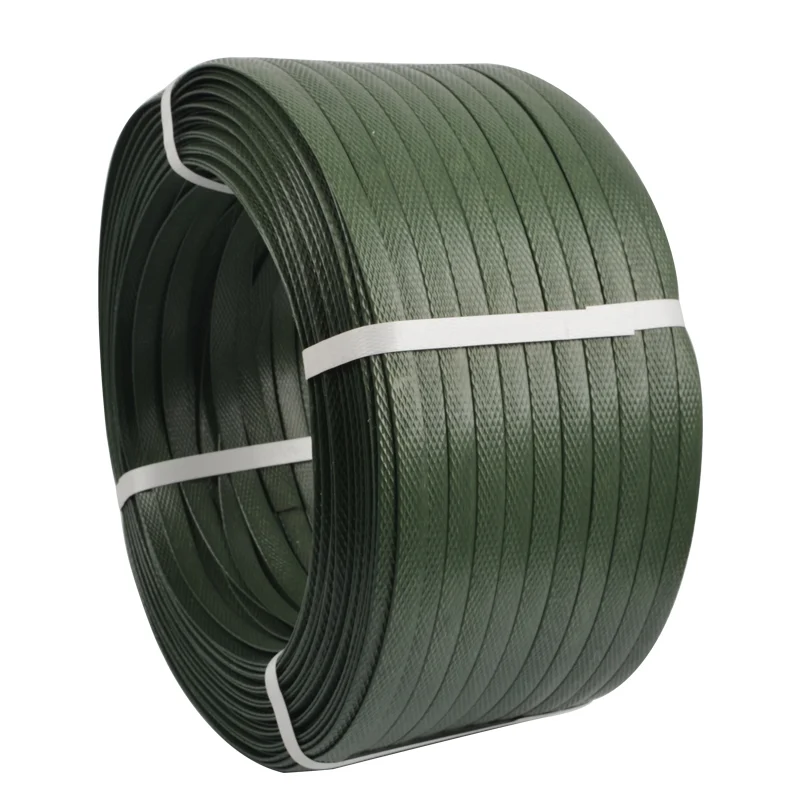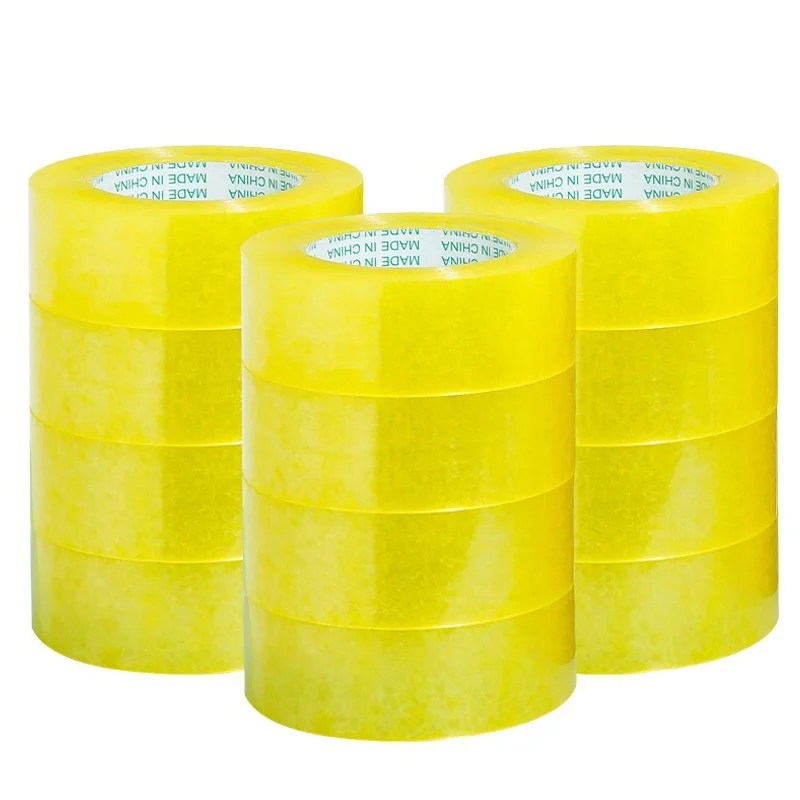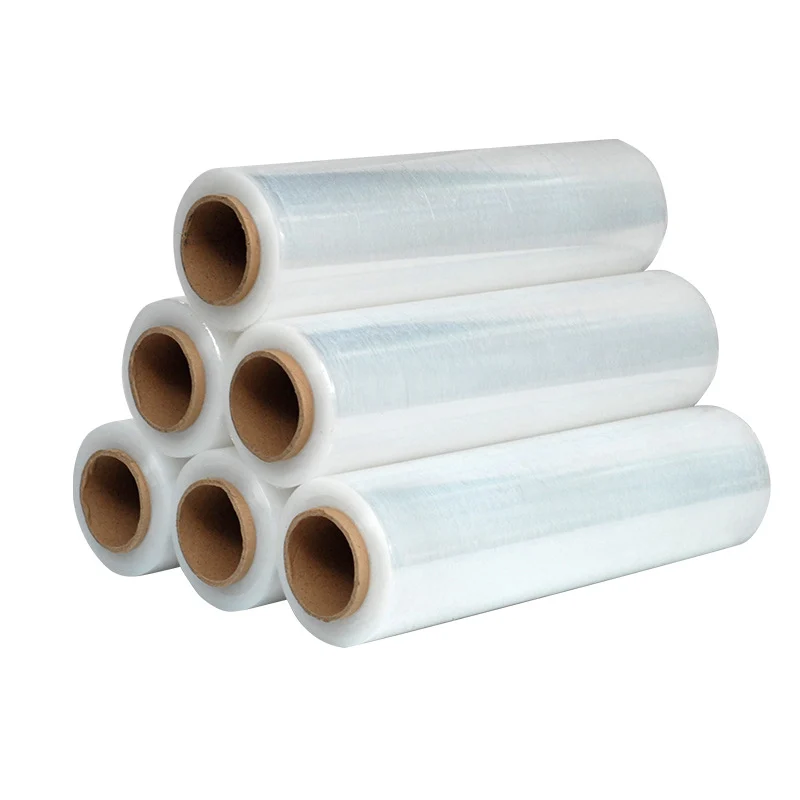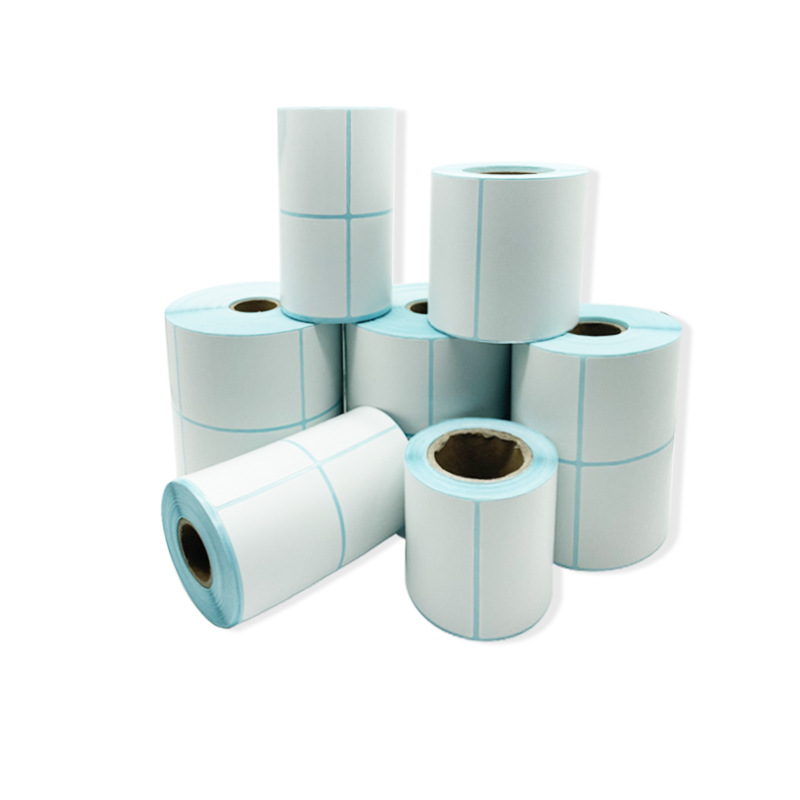Green and Biodegradable Packaging Materials: The Future of Sustainable Packaging
Packaging waste has become one of the biggest environmental problems in the world today. Every year, millions of tons of plastic and non-recyclable materials are thrown away, polluting the land, oceans, and air. Most of these materials take hundreds of years to decompose, harming wildlife and human health. To solve this problem, companies are turning to green and biodegradable packaging materials, which are designed to reduce pollution and make packaging more sustainable.

These new materials are made from natural, renewable resources and break down much faster than traditional plastics. They are used in food packaging, shipping containers, shopping bags, and many other industries. Some materials can even be composted or reused, making them a much better alternative to wasteful packaging. In this article, we will explore different types of biodegradable packaging, how they work, and why they are essential for a cleaner future.
What Are Green and Biodegradable Packaging Materials?
Green and biodegradable packaging materials are eco-friendly alternatives to traditional plastic, cardboard, and Styrofoam packaging. These materials are designed to either decompose naturally, be recycled, or be reused multiple times. Unlike plastic, which can stay in landfills and oceans for hundreds of years, biodegradable materials break down into harmless substances in a short period.
There are two main types of biodegradable packaging:
- Naturally Biodegradable Packaging – Made from plant-based materials like seaweed, corn starch, or mushroom fibers, these materials decompose when exposed to bacteria, heat, and moisture.
- Compostable Packaging – These materials break down completely in industrial or home composting systems, turning into nutrient-rich soil instead of waste.
Green packaging also includes recyclable materials like paper, aluminum, and glass, which can be processed and reused multiple times instead of being thrown away. Many companies are combining these biodegradable and recyclable materials to create sustainable packaging solutions that reduce waste while maintaining durability and functionality.
The Importance of Biodegradable Packaging
One of the biggest reasons biodegradable packaging is gaining popularity is because of its positive impact on the environment. Plastic waste is a major global issue, with millions of tons dumped into oceans every year. This pollution harms marine life, destroys ecosystems, and even affects human health when microplastics enter our food and water supply. By switching to biodegradable materials, we can reduce plastic pollution and protect nature.
Another benefit of biodegradable packaging is that it reduces landfill waste. Most traditional packaging materials, like plastic and Styrofoam, take up large amounts of space in landfills and do not break down easily. This causes long-term environmental damage and increases the cost of waste management. Biodegradable materials decompose much faster and do not release harmful chemicals, making waste disposal easier and safer.
In addition to being better for the environment, biodegradable packaging is energy-efficient. Producing plastic packaging requires large amounts of fossil fuels and energy, which contribute to climate change. On the other hand, many biodegradable materials are made from renewable sources like plants and agricultural waste, reducing carbon emissions and conserving resources.
Finally, consumers are demanding more sustainable options. Many people are now choosing products with eco-friendly packaging, and businesses that offer biodegradable solutions are gaining more customers. This shift in consumer behavior is encouraging companies to invest in sustainable packaging and reduce their environmental impact.
Types of Green and Biodegradable Packaging Materials
There are many types of biodegradable packaging materials available today. Each one has unique properties that make it useful for different industries. Some of the most common types include:
Plant-Based Plastics (Bioplastics)
Bioplastics are made from renewable plant sources like corn starch, sugarcane, and potatoes. Unlike traditional plastics, which come from petroleum, bioplastics can break down naturally over time. Some bioplastics are even compostable, meaning they decompose into natural materials when placed in a composting system.
However, not all bioplastics are the same. Some require industrial composting facilities to break down properly, while others decompose in home compost bins. Companies need to ensure that the bioplastics they use are truly biodegradable and do not contribute to waste.
Mushroom-Based Packaging
Mushroom packaging is made from mycelium, the root-like structure of mushrooms. This material is grown around agricultural waste, such as corn husks or sawdust, creating a strong, lightweight, and biodegradable alternative to Styrofoam. Once discarded, mushroom packaging decomposes naturally within weeks, making it one of the most eco-friendly options available.
Jute-Based Biodegradable Bags
Jute is a natural fiber that is used to create biodegradable bags and packaging materials. One famous example is the Sonali Bag, developed in Bangladesh. This bag is made from jute-derived cellulose and is an excellent alternative to plastic shopping bags. Unlike plastic, jute bags break down quickly and do not harm the environment.
Compostable Food Packaging
Many food packaging companies are switching to compostable materials like Vegware, which produces food containers, cutlery, and straws from plant-based ingredients. These products can be composted along with food waste, reducing landfill trash and promoting sustainability. Compostable food packaging is especially useful for restaurants, cafes, and catering services that want to minimize their environmental impact.
Biodegradable Paper and Cardboard
Paper and cardboard have been used in packaging for years, but new innovations are making them more sustainable. Some companies are using water-resistant and grease-proof coatings made from natural materials instead of plastic. This allows paper-based packaging to be both functional and eco-friendly. Many brands are also using recycled paper to create their packaging, reducing the need for new raw materials.
Edible Packaging
Edible packaging is a unique innovation that allows people to eat the packaging instead of throwing it away. Some companies are developing food wrappers, cups, and plates made from seaweed, rice, or gelatin. These materials are safe to eat and eliminate waste. Edible packaging is still in its early stages, but it has the potential to revolutionize the food industry.
Challenges of Biodegradable Packaging
While biodegradable packaging has many benefits, there are still challenges that need to be addressed. One of the biggest issues is proper disposal. Many biodegradable materials require specific conditions to break down correctly. For example, some bioplastics only degrade in industrial composting facilities, which are not available everywhere. If these materials end up in regular landfills, they may not decompose as expected.
Another challenge is cost. Producing biodegradable packaging is often more expensive than making traditional plastic packaging. Businesses may be hesitant to switch to biodegradable options due to the higher cost, especially small companies with limited budgets. However, as demand for green packaging grows and technology improves, prices are expected to become more affordable.
Consumer education is also important. Many people do not know the difference between compostable, biodegradable, and recyclable materials. If biodegradable packaging is not disposed of properly, it may not have the environmental benefits it was designed for. Governments and companies need to educate people about how to correctly dispose of biodegradable packaging to ensure it has a positive impact.
The Future of Sustainable Packaging
As the world moves toward sustainability, green and biodegradable packaging will continue to evolve. Scientists and companies are working on new materials that are more durable, cost-effective, and eco-friendly. Innovations like biodegradable water bottles, smart packaging, and fully compostable shipping materials are already being developed.
Governments are also stepping in to regulate packaging waste. Many countries have banned plastic bags and Styrofoam containers, pushing businesses to adopt biodegradable alternatives. More companies are committing to sustainability goals, aiming to reduce plastic waste and carbon emissions.
In the future, biodegradable packaging may become the standard rather than the exception. With continued investment in research, education, and infrastructure, we can create a world where packaging no longer harms the environment. Consumers, businesses, and policymakers all have a role to play in making this change happen.
Final Thoughts
Green and biodegradable packaging materials are changing the way we think about sustainability. With the growing problem of plastic pollution and landfill waste, switching to eco-friendly packaging is more important than ever. Businesses, consumers, and governments all have a role to play in making sustainable packaging the new normal.
The future of packaging lies in materials that are biodegradable, compostable, recyclable, and reusable. Innovations like mushroom-based packaging, edible wrappers, and plant-based bioplastics offer real solutions to the waste crisis. However, these materials must be affordable, widely available, and properly disposed of to have the greatest impact.
While challenges like cost and infrastructure remain, the demand for sustainable packaging is increasing. More consumers are making eco-friendly choices, and businesses are responding by adopting greener packaging materials. With ongoing advancements and public awareness, we can move towards a world where packaging does not harm the environment but instead supports a circular, waste-free economy.
The journey towards sustainable packaging is just beginning, but every small step counts. By choosing biodegradable options, recycling correctly, and supporting businesses that prioritize sustainability, we can all help create a greener future.
Frequently Asked Questions (FAQs)
1. What is the difference between biodegradable and compostable packaging?
Biodegradable packaging breaks down naturally over time, but it may take months or years depending on the environment. Compostable packaging, on the other hand, is designed to break down quickly in a composting system and turn into nutrient-rich soil. Compostable materials often require specific conditions to decompose properly, while biodegradable materials may degrade in nature but at a slower rate.
2. Is biodegradable packaging always better than plastic?
Yes, in most cases, biodegradable packaging is a better alternative to traditional plastic because it reduces waste and pollution. However, some biodegradable materials need industrial composting facilities to break down properly. If they are not disposed of correctly, they may still contribute to landfill waste. Proper education on disposal and infrastructure improvements are needed to maximize the benefits of biodegradable packaging.
3. Can biodegradable packaging be recycled?
It depends on the material. Some biodegradable packaging, like certain types of paper or cardboard, can be recycled. Others, like plant-based bioplastics, should be composted instead of recycled. It is important to check the labeling on the packaging to determine the correct disposal method. Mixing biodegradable materials with regular recyclables can sometimes contaminate the recycling process.
4. What are the best biodegradable materials for food packaging?
The best biodegradable materials for food packaging include:
- Mushroom-based packaging (great for protective packaging)
- Plant-based bioplastics (used for cups, cutlery, and food containers)
- Compostable paper and cardboard (used for food boxes and trays)
- Edible packaging (made from seaweed, rice, or starch-based materials)
- Bagasse (sugarcane fiber) (used for plates, bowls, and takeout containers)
These materials provide safe and sustainable alternatives to plastic and Styrofoam food packaging.
5. Will biodegradable packaging become more affordable in the future?
Yes, as technology advances and demand increases, biodegradable packaging is expected to become more affordable. Currently, many eco-friendly materials cost more due to production limitations and the use of renewable resources. However, as more businesses invest in sustainable packaging solutions, costs will likely decrease, making biodegradable packaging accessible to more companies and consumers.
JERL has been working hard on the road of custom packaging. Next time when you feel the need to impress someone with your brand, think of JERL Packaging!
